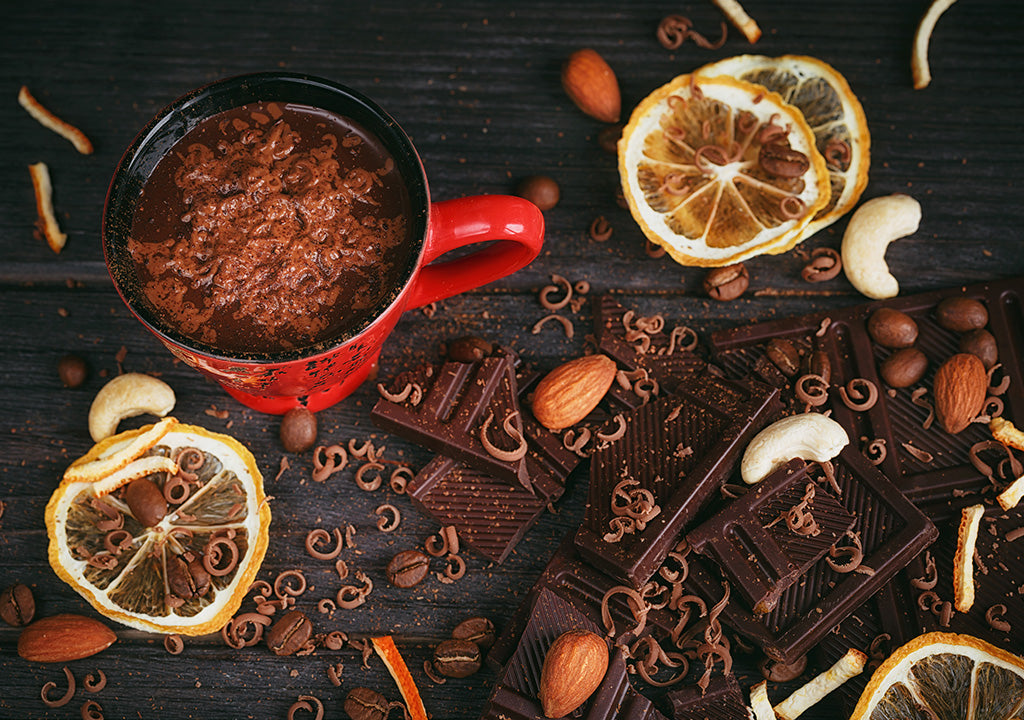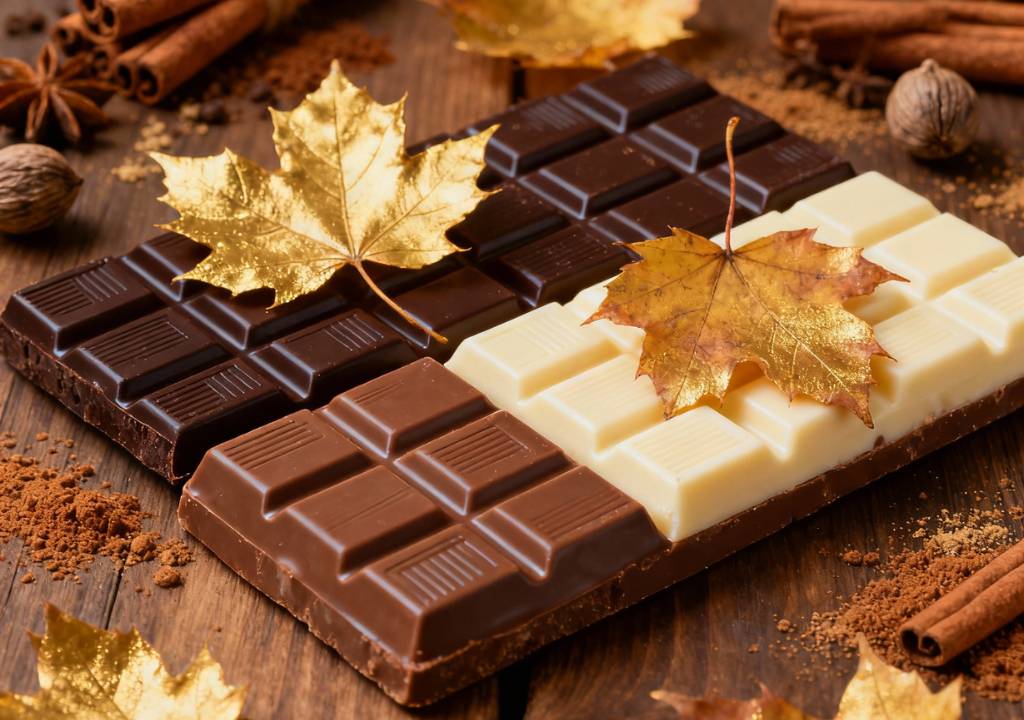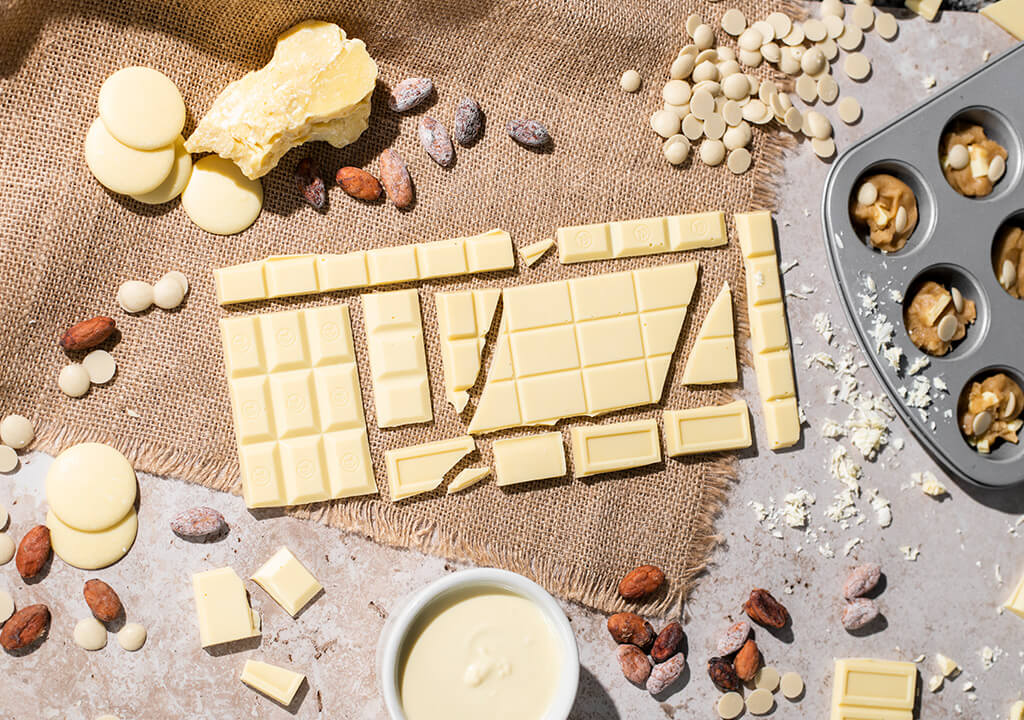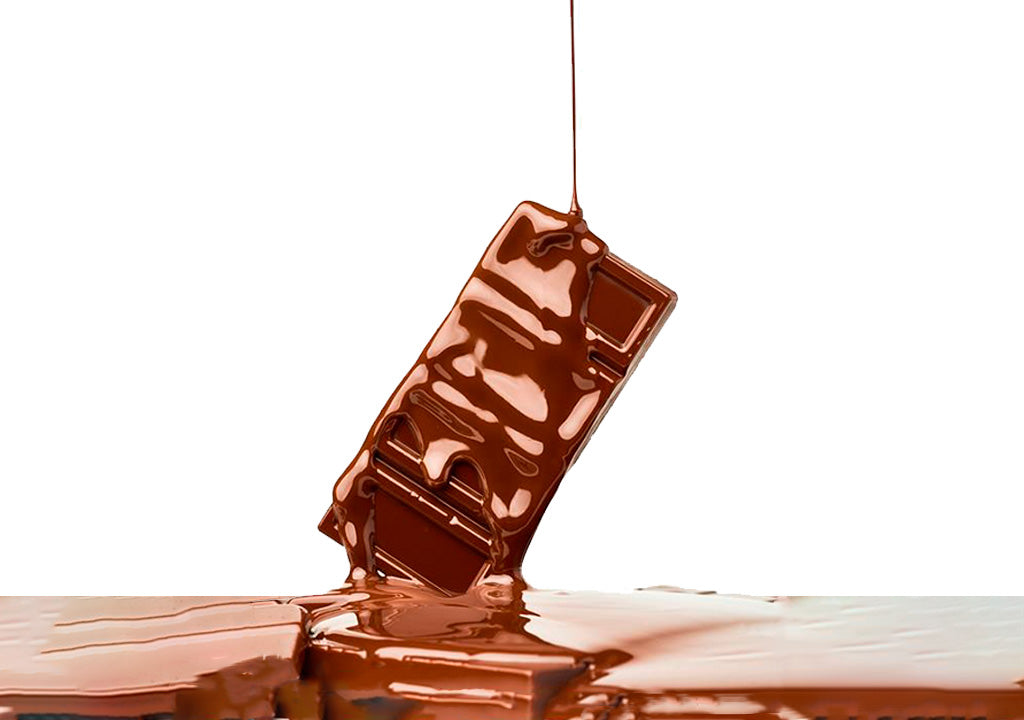
How to pair flavours with different chocolate sensory profiles? - Part two.

Chocolate is a versatile and complex ingredient, with varieties ranging from sweet and creamy milk chocolate to bold and intense dark chocolate. Each type of chocolate has its unique flavour profile, which can be enhanced and transformed when paired with the right companion.
Pairing chocolate is an art where each ingredient brings out the best in the other. It requires an understanding of the flavor nuances of the chocolate and its pairings, an appreciation for balance and contrast, and a willingness to experiment and savor the experience. In this guide, we will delve into the intricacies of each type of chocolate, exploring their characteristics and uncovering the perfect pairings to enhance and celebrate their flavors.
Milk Chocolate: The Sweet Classic
Milk chocolate is loved for its creamy texture and sweet, mellow flavor. It combines well with mild and sweet flavours such as vanilla, red fruits, and nuts. These combinations enhance the sweetness and creaminess of milk chocolate.
Perfect Pairings:
- Fruits: The sweetness of strawberries can complement the creaminess of milk chocolate, while the slight tartness of apples can provide a nice contrast. Bananas add a tropical twist with their rich and sweet profile.
- Nuts: Almonds provide a crunchy texture and a slightly bitter taste, balancing the sweetness of milk chocolate. Hazelnuts add a rich and nutty flavor, while pecans contribute a buttery taste.
- Cheese: Soft cheeses like Brie or Camembert have a creamy texture and mild flavor, making them a subtle yet delightful pairing with milk chocolate.
- Drinks: Light-bodied red wines like Pinot Noir can enhance the sweetness of milk chocolate, while dessert wines can provide a harmonious blend of sweetness.
Dark Chocolate: The Bold Favorite
Dark chocolate's high cocoa content and rich, complex flavours can go well with bold flavours such as tropical fruits, coffee, nuts, and spices. These combinations can create complex and balanced flavours that delight the palate.
Perfect Pairings:
- Fruits: The tartness of raspberries or cherries can cut through the richness of dark chocolate, while the citrusy notes of oranges can add a refreshing zing.
- Nuts: Walnuts bring a bitter and astringent flavor, providing a nice balance, while almonds add a crunchy texture.
- Spices: A sprinkle of sea salt can enhance the chocolate’s flavor, and chili peppers can add an exciting heat.
- Cheese: Aged cheddar, with its sharpness or a smoky gouda, can stand up to the intensity of dark chocolate.
- Drinks: Full-bodied red wines like Cabernet Sauvignon can complement the richness of dark chocolate, while a stout beer can bring out its roasted flavors.
White Chocolate: The Sweet and Creamy Delight
White chocolate is one of the varieties that best combines with acidic flavours. Its sweet taste combines perfectly with hints of lemon and some vinegars, such as the balsamic vinegar of Modena.
Perfect Pairings:
- Fruits: Tropical fruits like mango add a juicy sweetness, while coconut provides a rich, nutty flavor. Lemon can add a zesty freshness.
- Nuts: Macadamia nuts, with their buttery texture, are a classic pairing, and pistachios add a savory nuttiness.
- Flavors: Vanilla can enhance the creamy sweetness of white chocolate, while matcha adds a unique, earthy twist.
- Drinks: Champagne adds a celebratory fizz, and a sweet Riesling complements the chocolate’s sweetness.
In addition to flavours, you can also consider texture when combining chocolate with other ingredients. For example, you can combine chocolate with crunchy nuts to add texture to your chocolate.
Understanding the nuances of each type of chocolate allows for an exquisite pairing experience. By experimenting with different combinations, you can discover a world of flavors that complement and enhance the unique characteristics of each type of chocolate.









